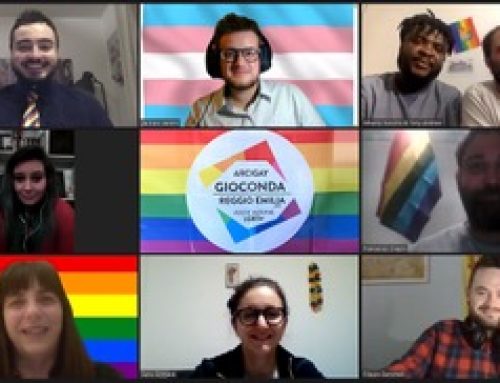By Margherità Graglia
Stereotypes and prejudices towards transgender people do not arise from individual variables (transphobia), but they are the result of heterocisnormative assumptions that permeate culture (transnegativity). Individuals incorporate transnegativity from the socio-cultural contexts in which they are embedded. Thus, we need to consider such socio-cultural contexts in order to fully understand the mechanisms of transnegativity and promote best practices for social inclusion.
These concept implies different levels and aspects (Graglia, 2012): personal level (stereotypes and prejudices); interpersonal level (discriminations, violence); institutional level (legislation, policy, social practices); and cultural level (cultural representations).
Therefore it is crucial to identify practices that can change the cultural representations and practices adopted by the institutions. In order to achieve this goal it is important to involve both the institutions and public administration (Graglia, 2019).
For example, the experience of the “Interistitutional Committee for combating homotransnegativity and promoting inclusion of LGBT people“, organized by the Municipality of Reggio Emilia.
This is an innovative experience and it is the first in Italy that managed to bring together all local institutions in the same project. Its unique features concern both the adopted methodology (maieutic approach) and the objectives of the project: namely, combating homotransnegativity and promoting social inclusion of LGBT people. Institutions involved: Municipality of Reggio Emilia, Province of Reggio Emilia, Court of Reggio Emilia, Public Prosecutor’s Office of Reggio Emilia, Penitentiary Institute of Reggio Emilia, Local Health Services and Hospithal, University of Modena e Reggio Emilia, School office of Reggio Emilia, Day nurseries and Preschools of Reggio Emilia, Foundation for sport, Foundation «Mondinsieme» of Reggio Emilia, LGBT Association «Arcigay Gioconda».
The project began as a response to the observed persistence of discriminations against sexual minorities and to the consequent need to promote a “culture of differences” that empowers LGBT identities. For this purpose, in structuring the activities of this project it has been crucial the concept of homotransnegativity.
The objectives of the project have been achieved through two main stages:
- the first Memorandum about the agreement on the principles;
- the operating Memorandum, aimed at identifying and developing best practices. In total, 86 best practices have been adopted.
References
- Graglia M. (2019), Le differenze di sesso, genere e orientamento. Buone prassi per l’inclusione, Carocci, Roma.
- Graglia M. (2012). Omofobia. Strumenti di analisi e di intervento. Carocci, Roma



Scrivi un commento